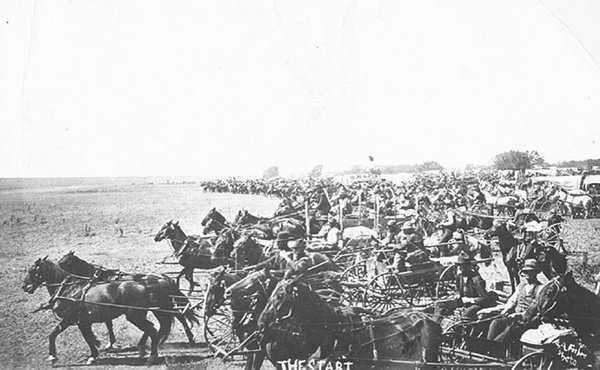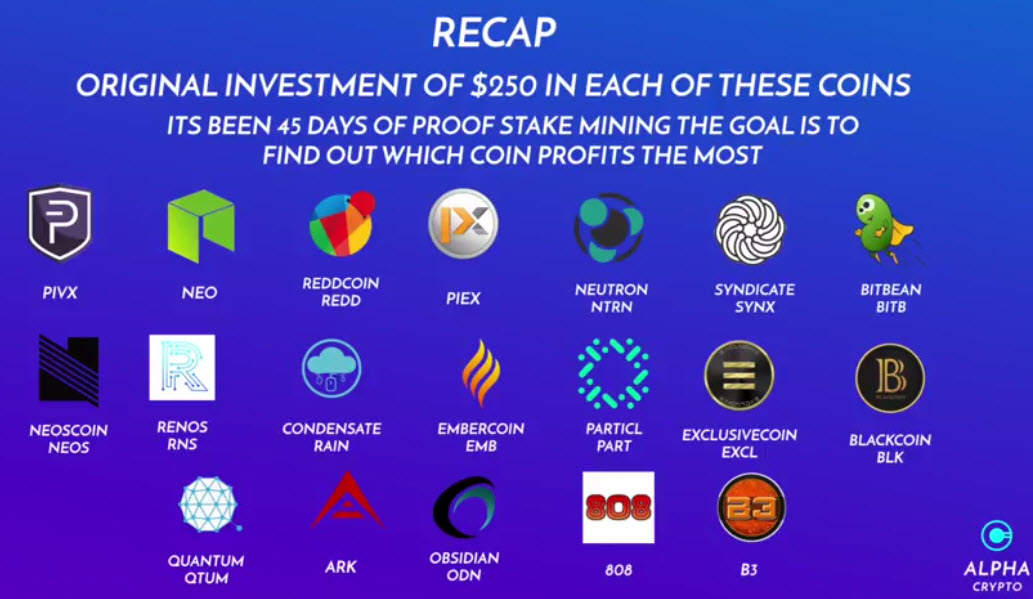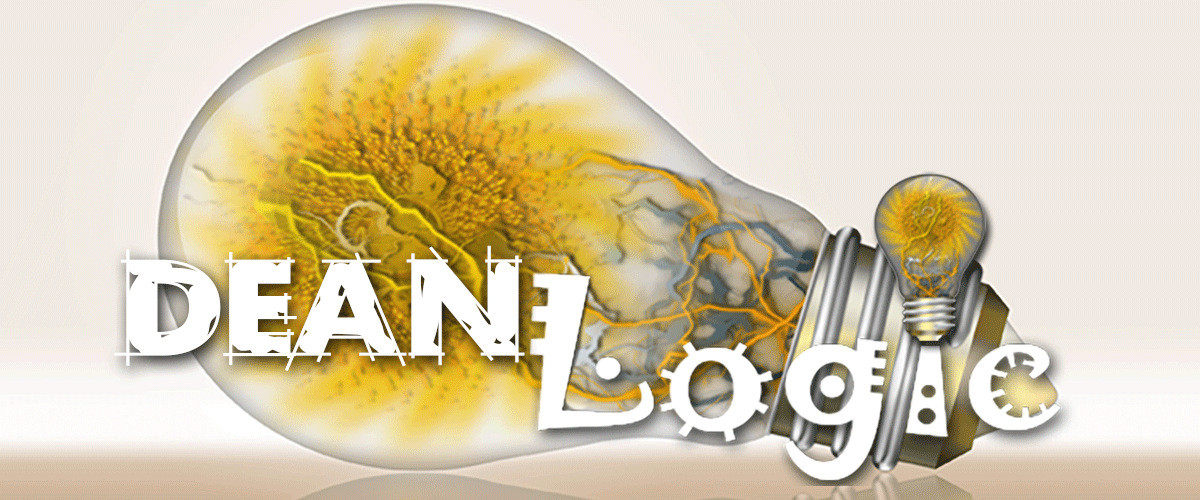Claiming Your Stake For Rewards and Mining


~ source : https://www.kansassampler.org/8wonders/historyresults.php?id=299
After staking their claim and registering it with one of the offices, as long as the racer made improvements to the land, was not found to be have benefited from previous Homestead Act events, had no one contesting his right to claim the land, and stayed on the land for more than six months he received the deed to the land. Because of the arid conditions of the land and weather changes, 70-80% of the homestead claims failed to stay the six months.
Those who managed to stay and create something of their homestead, reaped the benefits of this free land.
In the cryptocurrency world, you don’t have to fight with others or figure out farming to do Proof of Stake.
“Proof of Stake” vs “Proof of Work”
When cryptocurrency was hatched with BitCoin, there was only one way to get coins and that was to use your computer to run a program in order to complete a task. Once the task was complete, then you received your reward of a coin or a part of a coin. This is showing your proof that you did work to earn something. As the maximum coin limit is reached for BitCoins, it gets harder and harder to do the work and it consumes more resources, which has been making everyone upset lately.
- Bitcoin mining consumes more electricity a year than Ireland
- Bitcoin mania is hurting PC gamers by pushing up GPU prices
Because of these issues, cryptocurrencies have been trying to find a different way determining who can earn coins. Proof of Stake uses an algorithm to determine which block is sent to whom. Some of the algorithms uses stake information to prioritize the stake owners. The longer you own and the more you have, the better your stake.
Ethereum has a detailed page on Proof Of Stake on their Wiki, because they are moving to Proof Of Stake.
Proof of Stake (PoS) is a category of consensus algorithms for public blockchains that depend on a validator’s economic stake in the network. In proof of work (PoW) based public blockchains (e.g. Bitcoin and the current implementation of Ethereum), the algorithm rewards participants who solve cryptographic puzzles in order to validate transactions and create new blocks (i.e. mining). In PoS-based public blockchains (e.g. Ethereum’s upcoming Casper implementation), a set of validators take turns proposing and voting on the next block, and the weight of each validator’s vote depends on the size of its deposit (i.e. stake). Significant advantages of PoS include security, reduced risk of centralization, and energy efficiency.
~ source: https://github.com/ethereum/wiki/wiki/Proof-of-Stake-FAQ
Ethereum is making the big move to Proof Of Stake and it wasn’t without drama.
Getting Started with Proof of Stake
It is basically simple:
- Computer
- Stake Wallet (software)
- Coins to Prove your Stake
Here is a rambling video with good visuals on what it takes to get started.
Does Proof of Stake work?

After 45 days, ALPHA Crypto gave an update on his experiment. In this, he had to remove PIVX, B3, PARTICL(PAR), and EMBERCOIN(EMB) because they weren’t producing from their $250 investment.
He has made between $1 and $35 on each of the remaining coins in the 45 days.
Not bad for doing nothing. Of course, the price will change based on the price of the coins.
In my real world example, I have 0.08 of NEO coin on Binance and I was able to get GAS from it.

I think that Proof of Stake is a good way for earning cryptocurrency without investing a ton of money into a mining box and then using a lot of electricity that you have to pay for. I plan on looking into this more in the future. I also plan on talking about the Stake Box, which is a alternative way of having a dedicated computer to do your Proof of Stake.
This article was also posted on my Steemit blog.
About DeanLogic
Dean has been playing around with programming ever since his family got an IBM PC back in the early 80's. Things have changed since BASICA and Dean has dabbled in HTML, JavaScript, Action Script, Flex, Flash, PHP, C#, C++, J2ME and SQL. On this site Dean likes to share his adventures in coding. And since programming isn't enough of a time killer, Dean has also picked up the hobby of short film creation.

